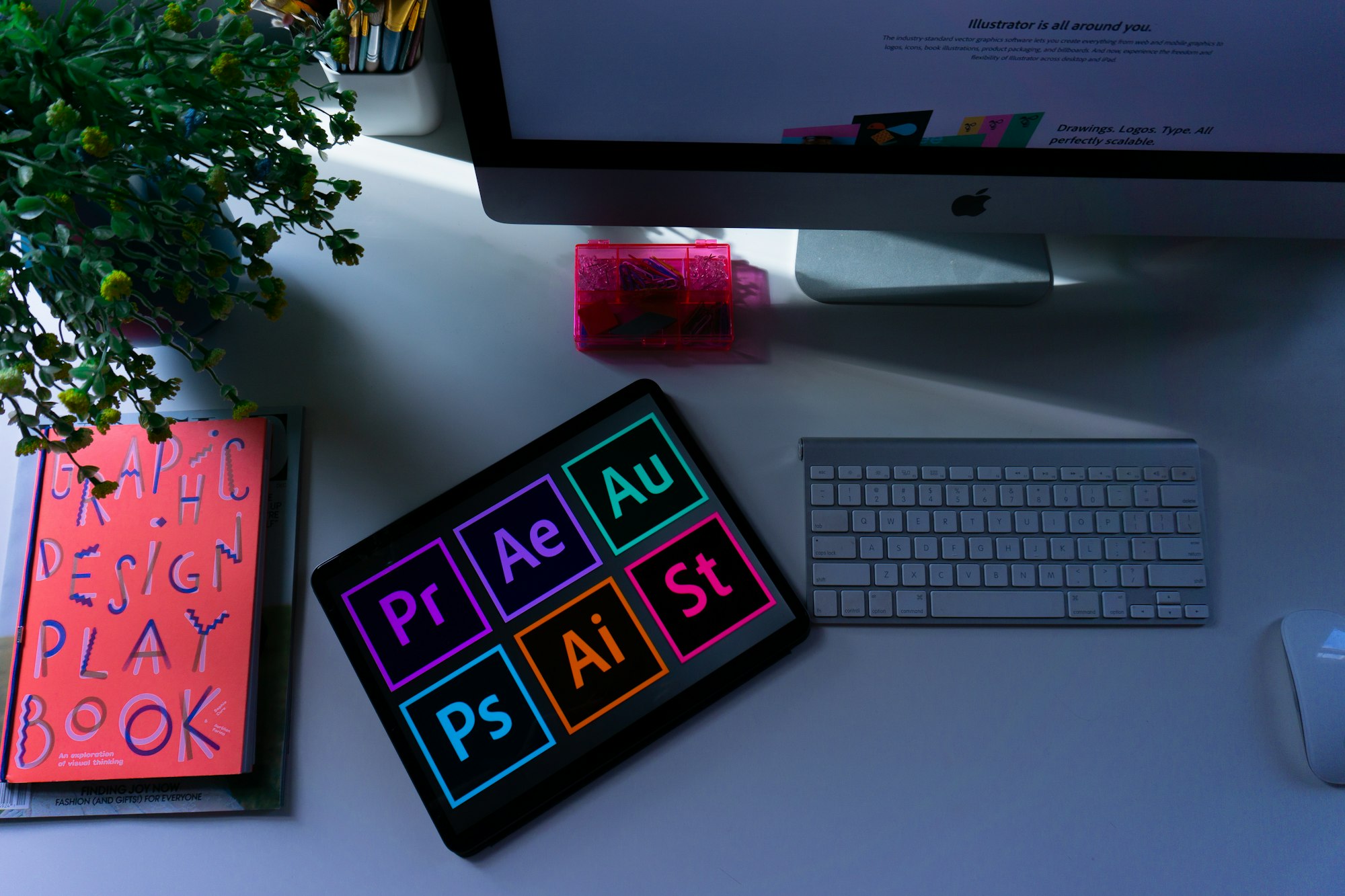Graphic Design Glossary

Here’s a glossary of common graphic design terms:
- Alignment: The placement of elements in a design to create a sense of balance and order.
- Bleed: The area outside the trim edge of a design where artwork is extended to ensure no white edges are left after trimming.
- CMYK: The four-color process used for printing, which stands for Cyan, Magenta, Yellow, and Key (Black).
- DPI: Dots per inch, a measure of the resolution of an image or printed material.
- Font: A set of characters that share a common design theme, such as Times New Roman or Helvetica.
- Gradient: A gradual blend of two or more colors, used to create a smooth transition between them.
- Hierarchy: The organization of elements in a design to convey their relative importance.
- Kerning: The adjustment of spacing between individual letters in a word or phrase.
- Layout: The arrangement of text and images in a design.
- Mockup: A visual representation of how a design will look when printed or displayed.
- RGB: The color model used for digital displays, which stands for Red, Green, and Blue.
- Sans-serif: A typeface that lacks the small projecting features at the ends of characters, known as serifs.
- Saturation: The intensity or purity of a color.
- Serif: A typeface that has small projecting features at the ends of characters.
- Typography: The art and technique of arranging type to make written language legible, readable, and appealing when displayed.
- Vector: A graphic that is made up of mathematical equations and can be resized without losing quality.
- White space: The area in a design where there is no text or visual elements, used to create a sense of balance and separation.
I hope this helps!